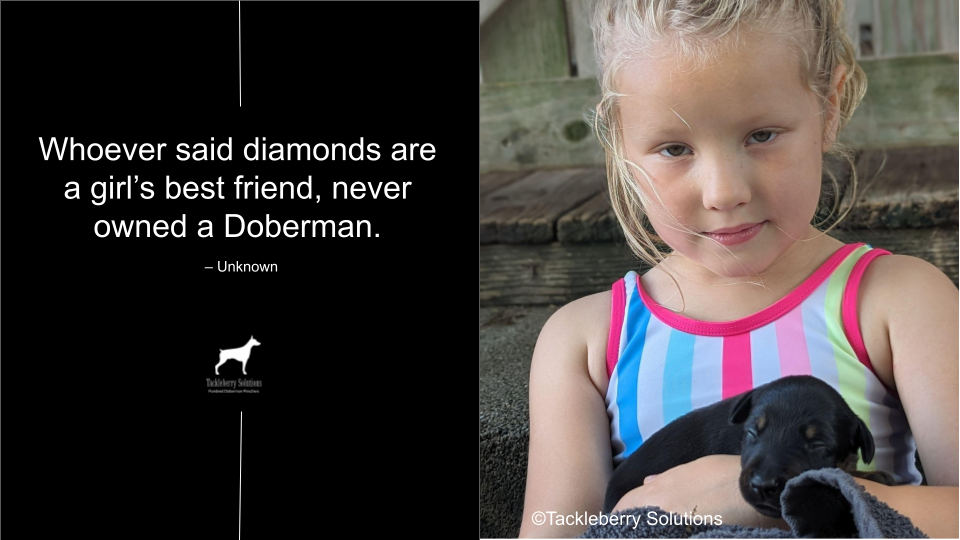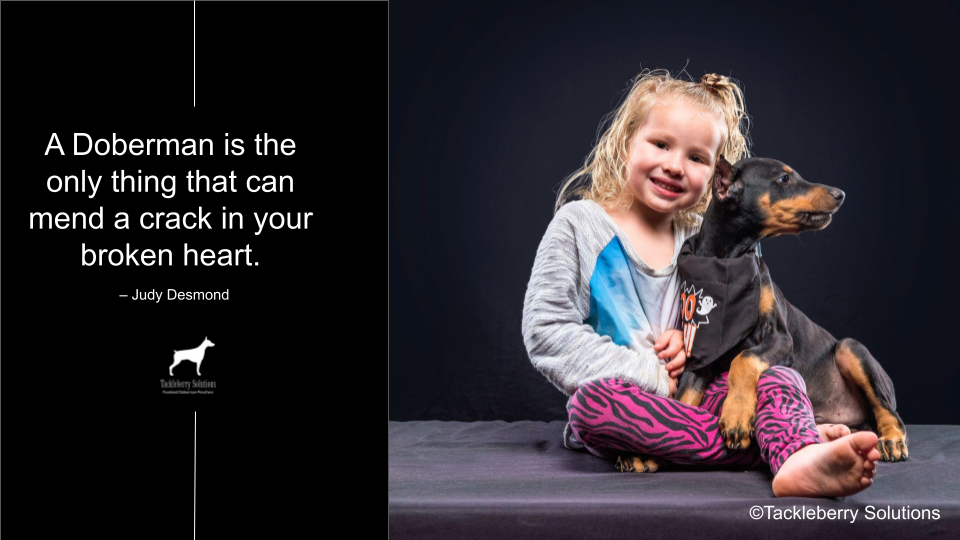You've Been Lied To
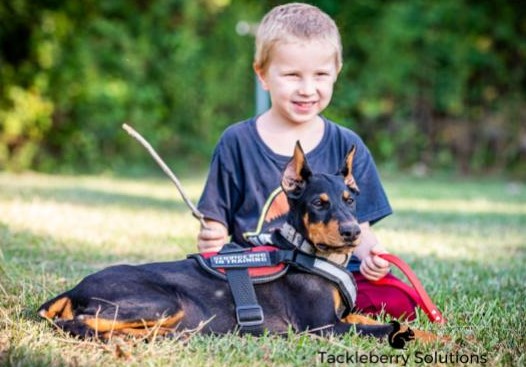
Too many times I've seen so many people quickly jump to the accusation that another has no right to train their own personal protection canine. Honestly, it is beyond me why so many feel the need to bully and scare everyone they can away from doing something themselves.
Perhaps it's a power trip? Perhaps they benefit financially from training personal protection dogs and find DIYers a threat to their livelihood? Or maybe they're trying to establish their own knowledge authority by putting others down?
In any case, I feel it is shameful. We are put on this earth to pick each other up, not drag each other down. Offering correction and guidance is one thing. Condemning and telling someone that they that should just give up is another.
If you want to train your dog to protect yourself and your family, then don't let others stop you. In this article I'm going to share with you why, you can and should train your personal protection canine yourself. Even if you have minimal experience working with dogs.
Recommended Reading: 5 Brutal Truths About Socialized Protection Dogs
Disclaimer: This article is written as an opinion piece only and is not to be taken as fact, legal or medical advice. Your results are in no way guaranteed and will depend on several factors including your willingness to plan ahead, study and train.
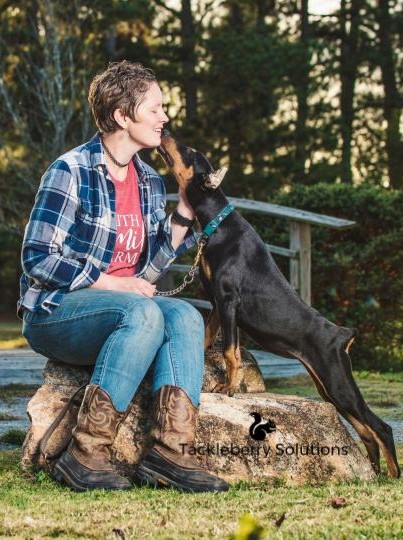
Hello, my name is Amy Arthur. I breed, train, and sell, purebred Doberman Pinscher puppies for service or protection work and as excellent quality family pets. Our dogs are personality tested and certified under Tackleberry Solutions and recommended for specific tasks depending upon their individual score results.
Financing Available
3 Things That Prevent Other People From Training Their Own Protection Dogs
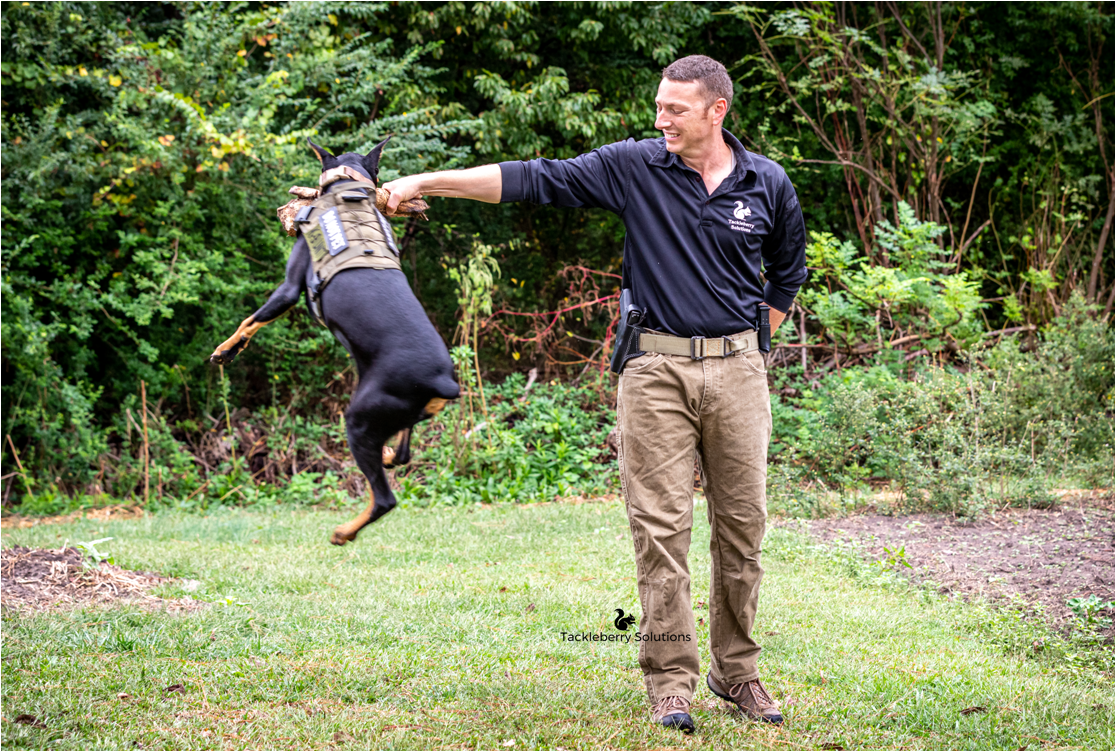
1. Fear that the dog will become a liability and an unnecessary biter.
2. Don't have the time.
3. Question their own ability and knowledge.
Fear is one of the main things that prevent people from starting on their own dog training journey. However, there are several things you can do to overcome these fears and move forward with your personal protection canine training despite what others say.
Reason #1
With the first concern, I often explain to others that there is a huge difference between a dog that is trained as a family protection dog and a working protection dog.
When I say working dog, I'm referring to police work, military work, professional security, etc. As a result, the methods that you're going to use to train your family dog would be on a totally different level.
Side note: Dogs that have been trained are more likely to listen to you than dogs that have not. If you've been able to get your dog to the protection training stage, then it should be less of a liability than one that has not had any serious training at all.
Side note #2: As part of protection training, you'll be adding break commands and safety triggers that teaches your dog to stop or release. Because you've taught your dog when to bite, where to bite, and when to stop, they'll cause less damage than if they've not been taught at all how to react to a situation in which they feel threatened.
Reason #2
Second, because you're on the family dog training level, the amount of time you're investing into your canine doesn't need to be nearly as extreme. Obviously, the more work that you put into something, the better. However, it is totally possible to gain positive traction with your protection dog in as little as 10 minutes a day.
The most important factor here is consistency. Some days you'll have more time than others, but don't underestimate the power of a few minutes training. It is better to do a little every day than it is to do a lot once a month or even once a week.
Reason #3
Third, there isn't anything that you can't teach your dog with a little experienced advice and research. If you can teach your dog basic manners. If you can get your dog to listen to your commands reliably, then you can learn how to train it in protection work.
Why you can and should train your own personal protection canine
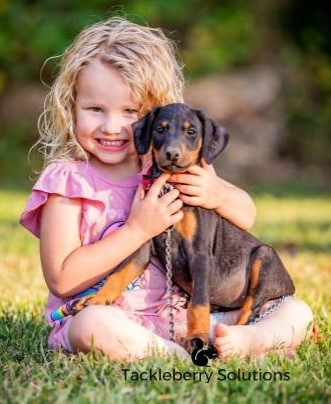
An important part of owning a personal protection canine is having a strong bond with your dog. This means you’ll be spending a lot of time with them, training and playing. The more time you spend together, not only will you form a bond with your dog, but they’ll form one with you as well.
Alternatively, when you've got someone else doing the training for you, that dog is bonding with them, not you.
While a professionally trained dog will do what it is trained to, it is highly unlikely that they will be as forceful and effective as one who is working under the command of someone that has always been the one to direct them.
What Are the Most Important Things I Should Know Before I Get Started?
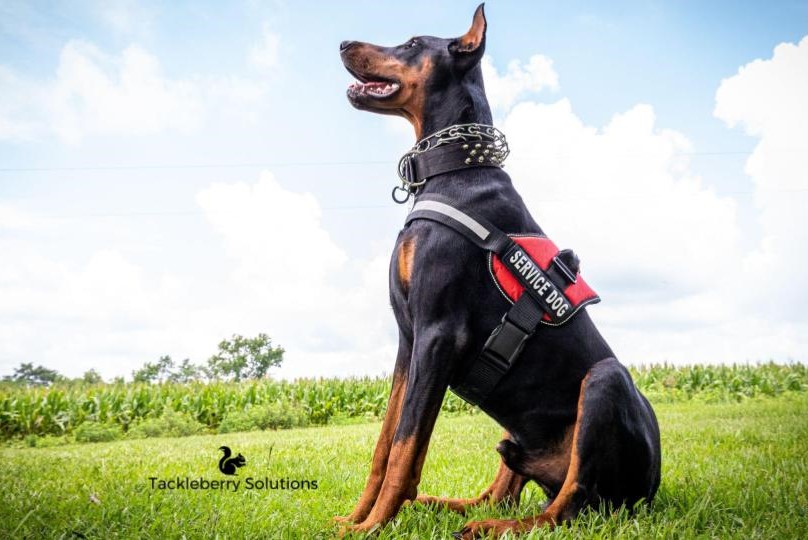
Just like people, you don't train a dog in protection work with the wrong type of personality and fear level. Think of it like you would the coward and the hero. This article that I've written on the topic will help explain it better. In any case, first, start by testing your canine's personality.
Second, you'll need to be confident in their intelligence level. Your dog needs to be smart enough to know the difference between regular play and bite training. They also need to have the ability to tell the difference between friend and foe (this coincides very strongly with the level of socialization that they've had.) If your dog can't tell the difference between a welcome visitor and a dangerous/unwelcome visitor, then it is not suitable for protection training.
Third, you need confidence. Dogs, especially smart, confident dogs are very intuitive. They can gauge your inward feelings and reflect it with their outward behavior. If you question your abilities, if you let others diminish your confidence, if you also lose confidence in your pet, your dog will pick up on this. So stand tall, do your research, and relax.
Where do I get started?

First, you need to find the right puppy. Be sure that they've been bred, raised correctly, and personality tested.
Second, you need to just start on training. Don't feel like you have to be an expert to begin. You can learn along with your dog as they grow. Take one step at a time.
It is the small things that make the biggest difference. Most importantly, be sure that you've got the obedience, socialization, and basic manners in place before going on to protection training.
Let Us Help You
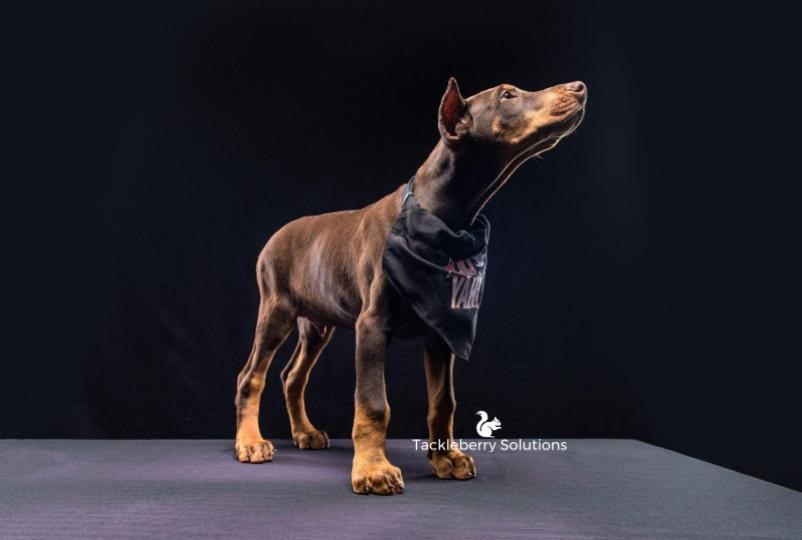
With all of that in mind, our purebred Doberman Pinschers are bred for service and protection work. Which means that they are personality tested and raised in an environment that gives them the best chances for optimal behavioral development.
In conjunction with that, each puppy that passes our personality test comes with free access to our Personal Protection Bite Training eCourse. This eCourse was designed for the beginning phase and will get you started into the world of training your own personal protection canine.
Furthermore, when you get a puppy from us, you become a part of the family for life. If you've got questions or concerns along the way, we'll be there to offer advice and support every step of the way.
If you'd like to have and train your own personal protection canine, don't hesitate to contact us. We'd love to provide you with an excellent quality purebred Doberman Pinscher puppy.
Hopefully, by now you've gained more confidence in regard to training your dog for personal protection work. So, the next time someone tells you that you're not fit to train your dog, just send them this article.
Related Articles:
- First-Time Doberman Owner: 3 Overlooked Warnings
- What is the best breed for personal protection?
- Puppy Health Guarantee: Why All of the Best Breeders Offer One
- Large Breed Dog Food: 5 Worst Myths
- Nightmares? 3 Top Ways a Doberman Can Help
- 5 Brutal Truths About Socialized Protection Dogs
- Are Dobermans Good with Children? 2024 Bite Statistics - Tackleberry Dobermans
- A Warning for Doberman Owners: #1 Crazy Posture Secret
- The Doberman's Greatest Weakness: Life Lessons
- The Ultimate Life Expectancy Of Dobermans

